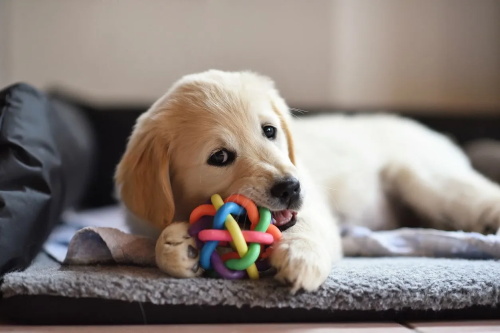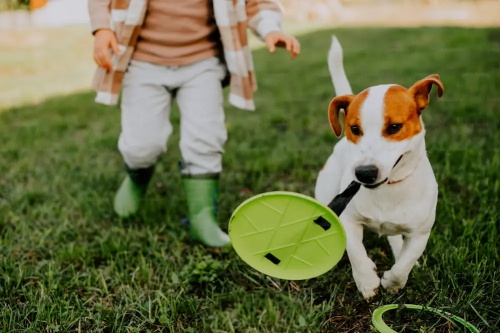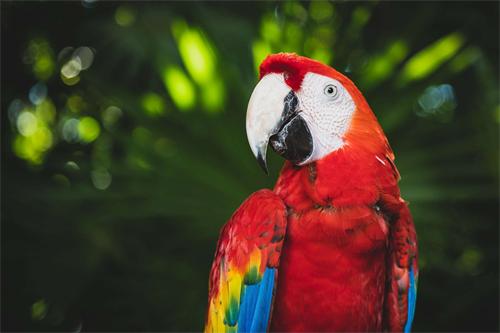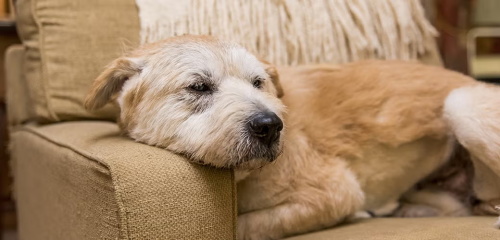Pet Diet Transition Guide: A Comprehensive Guide to a Smooth Transition

Switching your pet to a new diet is a major decision that can impact their health and well-being. Whether you're switching due to health issues, age, allergies, or simply to provide a more balanced diet, it's crucial to approach the transition thoughtfully. A gradual transition is crucial to prevent digestive upset and ensure your pet accepts the new food. This guide provides insights into how to effectively transition your pet to a new diet.
The Importance of Gradual Transitions
Pets, especially cats and dogs, have very sensitive digestive systems and may react adversely to sudden changes in diet. Sudden changes in food can cause gastrointestinal issues such as vomiting, diarrhea, and decreased appetite. A gradual transition allows your pet's digestive system to gradually adjust to the new food, minimizing the risk of these issues and promoting better acceptance of the new food.
Veterinary experts recommend a transition period of 7 to 10 days, depending on your pet's sensitivities and the differences between the old and new food. Pets with more sensitive stomachs may require a longer transition period.
A Step-by-Step Guide to Your Pet's Diet Transition
Days 1-2: Introducing the New Food
Start by mixing 25% of the new food with 75% of the old food. This small step allows your pet to gradually adjust to the taste and texture of the new food without overwhelming their digestive system.
Monitor for any signs of digestive distress, such as loose stools or lethargy.
Always have fresh water available to keep your pet hydrated.
Days 3-4: Increasing the Proportion of the New Food
Gradually increase the amount of the new food to 50% and mix it evenly with the 50% old food. This step is an ongoing adjustment process while your pet's digestive system further adjusts.
Observe your pet's reaction to the new food.
Continue to monitor for any signs of discomfort and adjust the pace of transition as necessary.
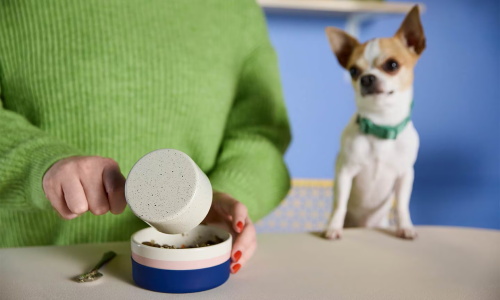
Days 5-6: Further Increasing the New Food
Increase the proportion of the new food to 75% and mix it with 25% of the old food. By now, your pet should be accustomed to the new food, and their digestive system should be adjusting well.
Maintain a consistent feeding schedule to help your pet adjust.
Monitor your pet's stool and overall health to ensure they are adjusting well.
Days 7-10: Fully Adapting to the New Food
By this stage, your pet should be ready to fully adapt to the new food. Offer your pet the entire new food and continue to monitor their reaction.
Observe your pet for signs of digestive distress.
If problems persist, consult your veterinarian.
Special Considerations for Cats
Cats are notoriously picky eaters, and changing their diet requires extra caution. Unlike dogs, who readily accept new foods, cats may develop anorexia if adapted too quickly. Their taste buds are more sensitive, and they tend to be creatures of habit, meaning a sudden change may cause them to refuse food or even exhibit stress-related behaviors.
Extended Transition Period: For most cats, a transition period of 10-14 days is recommended. Sensitive cats may require longer, sometimes up to three weeks. Start by mixing a small amount of the new food with the old one, then gradually increase the amount as your cat adjusts to the new food.
Use flavor enhancers: Some cats are drawn to enticing flavors, such as a little low-sodium chicken or beef broth, a small amount mixed into wet food, or even a pinch of tuna. These flavor enhancers can make the new food more appealing without significantly changing its nutritional profile.
Monitor stress and behavior: Food changes can trigger stress behaviors such as hiding, excessive grooming, or vocalization. Keep your cat's feeding environment calm, quiet, and regular. Avoid introducing other changes during the transition period, such as new toys or furniture placement, to minimize stress.
Be patient: Your cat may initially sniff, scratch, or refuse the new food, but persistence and patience are key. Make sure your cat has access to the old food whenever needed, and gradually reduce the amount of the old food as they become more comfortable with the new food.
Special Dietary Needs: Cats with chronic medical conditions such as kidney disease, diabetes, or food allergies may require a veterinary-guided transition. Always consult your veterinarian to ensure the new diet meets your cat's specific nutritional needs and can be introduced safely.
Tips for a Smooth Transition
A smooth transition requires planning, patience, and observation. Small details can significantly impact your pet's willingness to accept a new food and its digestive health.
Maintain a consistent feeding schedule: Pets need a regular schedule to thrive. Feeding at the same time each day creates a predictable environment and reduces anxiety during the transition.
Gradual Increasing: While 25%, 50%, and 75% of the recommended daily intake are common, adjust these increments based on your pet's tolerance. If your pet exhibits signs of discomfort, slow the increase and maintain each stage for a longer period.
Separate Feeding Areas: If you have multiple pets in your home, ensure each pet has a separate feeding area. A dominant pet may scare off the others, making it difficult to monitor the new pet's food intake.
Avoid feeding treats and human food: Feeding your pet treats or table scraps can confuse them and reduce their interest in new foods. Stick to your food transition plan.
Encourage positive associations: Use petting, play, or praise during meals to foster positive associations with the new diet. For cats, this might mean petting or grooming after meals; for dogs, a short walk or playtime can also be helpful.

Understand the role of probiotics during dietary transitions
Probiotics are beneficial microorganisms that help maintain gut health, digestive function, and immune function. Supplementing with probiotics during a dietary change can help prevent or alleviate digestive upset.
Support digestion: Probiotics help balance the gut flora, preventing disruptions during a dietary transition. This may alleviate symptoms such as diarrhea, gas, or bloating.
Choose the right probiotic: Look for a product specifically formulated for your pet. Some probiotics contain strains such as Enterococcus faecalis for dogs or Lactobacillus felis for cats, which have been shown to support digestive health.
Long-term Benefits: Even after the transition, probiotics can support overall digestive health, nutrient absorption, and immune function.
Monitoring Your Pet's Response
Carefully monitoring your pet throughout the transition period is crucial for success. Observing subtle changes can help you adjust your transition plan before serious problems arise.
Behavior and Appetite: Watch for changes in your pet's enthusiasm for the new food, energy level, and mood. Refusal to eat or lethargy may indicate a need to slow down the transition.
Stool Consistency: Check your pet's stool regularly. Loose stools, diarrhea, or constipation may indicate digestive distress and may require adjustments to the diet.
Weight and Condition: Sudden weight loss or gain may be a warning sign that your pet is adjusting to a new diet. Record weight weekly and consult your veterinarian if you notice significant changes.
Use a feeding diary: Recording the type and portion of food offered, as well as any symptoms or behaviors, can provide valuable information for transition planning and communication with your veterinarian.
Be Patient and Proactive: Every pet adjusts differently. Some may adapt quickly, while others may take more time. Adjust your plan based on ongoing observations, rather than a fixed schedule.
Transitioning your pet to a new diet requires careful planning and patience. A gradual approach, close monitoring of your pet's health, and seeking professional guidance when necessary will ensure a smooth and successful dietary transition. Remember, every pet is unique, and what works for one may not work for another. If you have any concerns, or if your pet continues to experience issues during the transition, be sure to consult your veterinarian.
With the right approach, your pet will quickly embrace their new diet, leading to better health and happiness for both of you.
